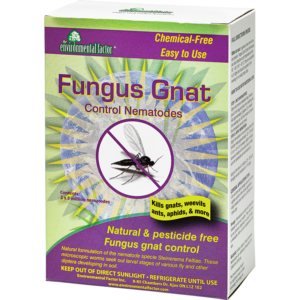Your cart is currently empty!
Damage
Root-knot nematodes attack the roots and tubers of various plants including tomatoes, potatoes, and carrots. This pest causes irregular galls on roots and tubers that interfere with the movement of water and nutrients within the plant. Infected plants such as tomatoes are stunted, appear yellow or pale green, and produce fewer and smaller fruits. The symptoms in root crops such as carrots may be deformed (forked carrots) or hairy roots with nodules. In potatoes, root-knot nematodes reduce the vigor of plants and cause blemishes on tubers.







